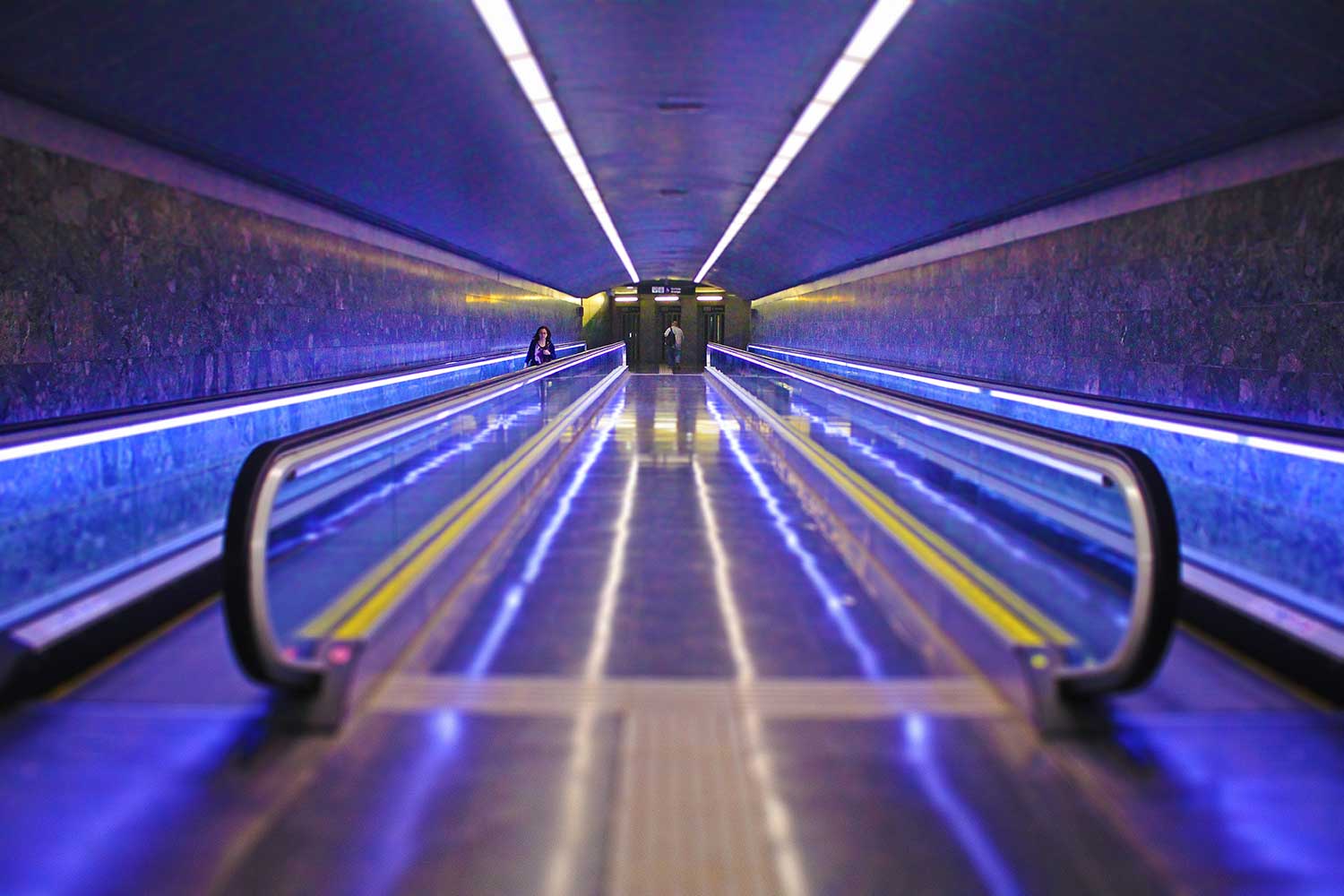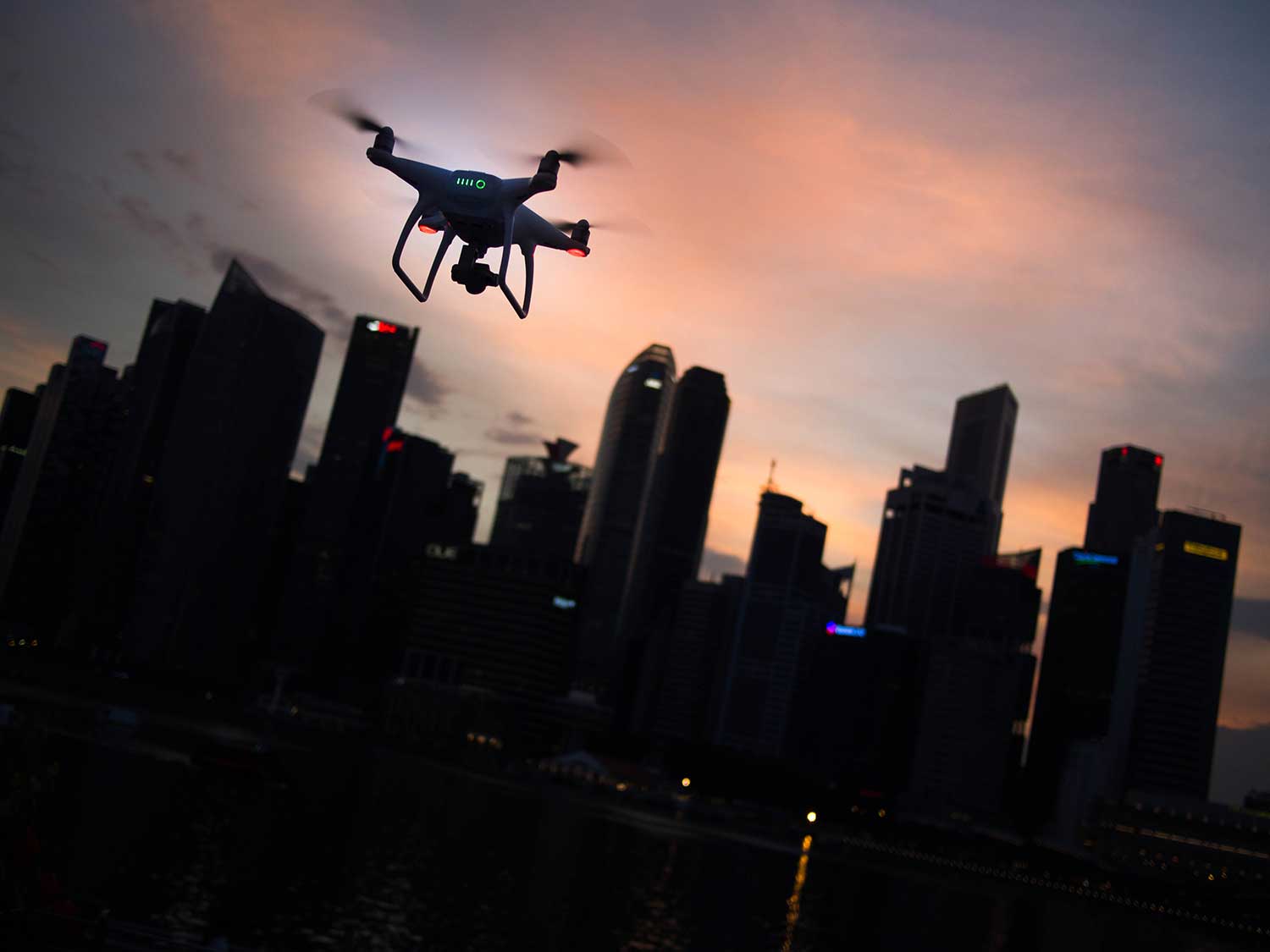Construction – New technology in the construction industry

New construction technology for 2019
Construction technology trends from 2018
Construction technology has come a long way in the last 15-20 years, and it continue to move forward at a faster rate than ever before.
2018 was a big year for construction technology; some technologies were very nascent and remain out of reach for most companies in most practical situations, while other new technologies have seen some very real adoption across the industry which is having tangible effects on how work gets done everyday.
Some of the more 'far fetched' technologies while not 100% applicable today point to a very bright and interesting future for construction in general, where new efficiencies, speed, understanding and big data will change the construction landscape forever.
Some of the main construction technology trends in 2018 included:
3D Printing
3D printing has been around for a few years now, but lower costs and higher trust in the technology (thanks to amazing use cases like on aeroplane engines) are increasing the acceptance and adoption of 3D printing.
3D printing is becoming a more common method for fabricating building and construction components.
The benefits of 3D printing are many, with this type of 'manufacturing' and work resulting in faster construction, less waste and increased accuracy.
Cloud-based software and apps
Cloud-based software and apps have also been around for a few years, but their adoption is becoming very mainstream.
While construction companies have been using software for many years, increased trust in cloud-based hosting and the other benefits of web-based software including lower upfront costs and faster software improvements have helped companies move away from on-premise servers and desktop based packages.
2018 also saw even more construction apps enter the ecosystem, from daily reporting apps, to punch list apps to risk assessment apps and more.
If there's a use case for it, there might be an app for it.
Mobile and tablets - and the purpose apps being used on them - have become the most efficient way to get many jobs done directly on site.
Wearable technology
Wearable technology is in its early stages, even amongst the most technologically savvy and forward thinking industries. The most common and well-adopted wearable technologies today are smart watches.
Some construction companies have started to use or accept the use of wearable technology as a means of communicating through voice, updating schedules and calendars and tracking work.
Other wearable technology penetration has occurred in the health and safety part of the construction in industry, with more and more construction workers turning to fitbits and other smart wearables which track important health information.
Wearable technology will continue to grow and develop in 2019, with improvements in smart glasses and eyewear posing very exciting safety and commercial use cases for construction workers and companies.
Smart and green construction
The environment has become more and more important in all aspects of project management and delivery. Construction companies, authorities and communities and other stakeholders are becoming more environmentally conscious - and the construction industry must adapt.
This macro level societal trend has seen a number of new developments and companies on the smart and green construction spaces.
The cost of renewable energy is decreasing, making the infrastructure and storage of renewables feasible, while other major improvements have occurred through digital tools killing the insane construction paper trail and other developments in waste control and management.
Construction project management software
Construction project management software has been the main and most relied upon technological innovation over the last 10-15 years - and it continued to grow in importance in 2018.
The main construction project management software developments included dramatically improved user experience (ease-of-use) as construction software becomes more like the software people use for fun every day - and as software development, frameworks and tools become cheaper and easier to use and deploy.
Today, large enterprises continue to adopt construction management software across their workforces to improve efficiency and collaboration, while small businesses are also now finding that these softwares (and good ones) are available to them to go paperless, improve record keeping and better track their projects.
Unmanned aerial vehicles (UAV's) and drones
Drones are becoming commonplace on many construction sites, as well as oil and gas sites as well. At the moment, drones are being used for surveying, mapping, surveillance and for cool stuff like progress videos and marketing.
The obvious benefits of drones is time saving and cost saving in the labour department.
What held drone technology back for a number of years were accuracy and precision, but advances in the technologies and hardware as well as drastic improvements in the software systems crunching and spitting this data out has made it far more accurate and reliable - even for very detailed jobs.
Driving much of the drone technology adoption in 2018 was the lower cost of drones - which as a relatively mainstream technology is dropping fast. Drones will continue to be an important tool on construction and industrial sites all over the world.

New construction technology for 2019
As we know, technology is advancing at an ever more rapid rate. And while the technology industry has been 'historically' slow at adopting new technology, it's starting to pick up speed and more and more smart technology companies are beginning to tackle the major issues and opportunities which face this massive industries and company today.
Many of the technology trends which were gathering speed will continue to gather speed and shape the construction landscape in 2019, but there are some even newer technologies and trends which are going to rear their pretty heads in 2019.
Some of these technologies include:
IoT (The internet of things)
The internet of things (commonly referred to as IoT) holds great promise for all devices, systems and communication all over the world.
For construction in 2019, IoT will still be in its early stages, and the most common and applicable use cases will be simple in nature, such as software and systems automatically catching people moving on and off of site (inductions etc.) and making machines and equipment smarter by enabling them to 'talk' with computers and other softwares.
Eventually, most construction technologists see a future where everything on site is connected, from employees with smart devices and wearables, to automated machines and equipment and of course all the way back to the office and project and document management.
Augmented reality (and a bit of virtual reality)
Augmented reality (AR) is another promising and ambitious technology which is just starting to gets its claws into the construction industry.
On the consumer and residential side of building and construction, augmented reality is already playing a part in the design and construct process, with people being able to overlay digital couches, walls and kitchens into real spaces - getting a 'real' look at what it will look like in the space.
There aren't as many easy use cases for civil construction projects today, but AR will likely impact how people can plan and make decisions based on augmented reality models and visualisations in the not too distant future.
Data and software interoperability
The rise of project management software, financial software tools, on site apps as well as big data have brought a number of benefits to construction companies, but they also have their own unique challenges.
One of the biggest challenges facing these new softwares and tools is interoperability, which is a characteristic of a product or system which enables it to work or communicate directly with other products or systems - or be 'compatible' with other systems.
Today, many softwares and tools operate in their own silos, which brings about the same issues construction companies have seen for decades in managing work and information across word docs, excel and PDFs - the need to jump between systems, format documents and enter data manually.
Construction interoperability seeks to change this, and so do more modern software platforms like Dashpivot, which enable companies to move standardised information all the way from site to reporting and tracking without changing systems or manually entering data.
While integrations are the flavour of the day today and improve how data flows, there is still a lot of fiddling around and custom bespoke work required to get the tools talking properly.
The obvious benefits of this are lower labour costs, massive amounts of saved time and real-time data and insights.
On site controls
On a related note to the above, the power of the construction office is moving more and more towards the site - which is where the action really happens.
Workers on site today can be inducted, take photos and videos, markup PDFs and drawings, track progress and generally do most things they can do in the office.
This is improving record keeping on site, improving safety, improving the transparency and communication between the office and the site and giving foremen, engineers and project managers more freedom and better tools to get their jobs done every day.
On site technology and usability will continue to improve in 2019.
Modular construction
Modular construction has already been used in a number of places on a number of projects, and is bringing new hope to many countries and areas because of its lower costs and speed to completion.
But as we know with all technology trends, it takes time for new innovations and new ways of 'doing things' to permeate an industry - and 2019 could be the year for modular construction.
There are a number of converging trends which point to this happening, including increased environmental awareness, smaller housing and more standardised vertically oriented housing apartments in cities (apartments).
Robotics
Human labour is still by far the most common source of labour on all construction sites today - and it definitely will be in 2019 as well.
But robotics in the construction industry will continue to develop and be tested through 2019, and will likely garner more interest and attention.
Laying bricks and painting walls are skilful yet often repetitive tasks which can be automated and 'outsourced' to robots, who can often get the job done just as quickly (if not faster), much more cheaply, and never get injured, make mistakes or get tired.
The benefits of robotics in construction are obvious - but the downsides and worries about where these manual labourers and tradesmen will go and what they will do is yet to be determined.
Autonomous vehicles
There has been a lot of noise around autonomous vehicles in the last couple of years, much of it positive and some of it negative.
While most of this noise has surrounded autonomous cars and road-bearing trucks, construction companies and vendors have been exploring and developing self-driving and self-operating machines and equipment.
While 2019 may still be a bridge too far (or too soon) for autonomous vehicles in construction, we may start to see more and more machines moving around site and operating autonomously this year - as they get better and people become less freaked out by an empty drivers seat.
Artificial intelligence and the blockchain
I had to include these two technology trends in this list, mainly because the level of interest and coverage on them has shifted them into the construction technology discussion technology too.
Artificial intelligence and machine learning could be of major benefit for such a data driven and data heavy industry, with machines and computers beginning to see trends and understand why projects were late and helping people make more informed decisions.
Blockchain is a less flushed out technology for construction, but there are certainly some very real applications for the interesting technology around record keeping, timesheets, variations disputes and more - all centred around a verifiable distributed ledger which acts as the middle man between people and parties - and potentially removes some of the need for litigation and disputes.
But given that paper ledges and paper diaries are still a common site on construction sites, we likely have a way to go before the blockchain is where daily records live and/or move.
Adopting these new technologies into your company, projects and teams
It's important to try cut through the noise when it comes to new construction technology, and that is no different in 2019. While some of the newest construction technologies hold an incredible amount of promise and brighter future for the industry, others are bluster and noise and probably fads. It's important for construction companies to focus on delivering projects on time and on budget, with minimum fuss.
If new technology helps make that happen, then it's a win for everyone.
And most construction companies do look at this technology with a very sensible outlook. Even with all of this amazing new technology, most construction companies are planning to spend about the same amount of money on technology into 2019.
This suggests that these companies are becoming more accustom to shopping for new technology and replacing older less efficient technologies with new, similarly priced but more effective solutions.
Overall, the construction industry isn't much different to any other industry or any other facet of the world market and economy, and technology will continue to play a larger role in how every day work gets done and managed through 2019 and beyond.
While some of these 2018 and 2019 trends still feel far away - especially when many companies are still using paper forms, letters and email - they will sneak up on all of us, and it's important that we stay a-breadth with what is happening, what it means for our industries, our companies - and of course what it means for our own jobs, careers and futures.
We'll see you there.

People in 80+ countries use this construction project management software - the latest in construction technology.
